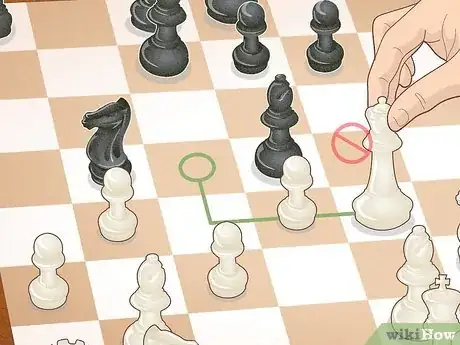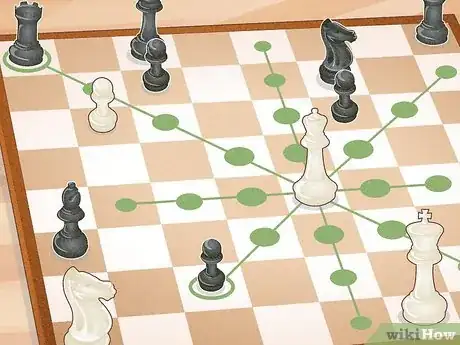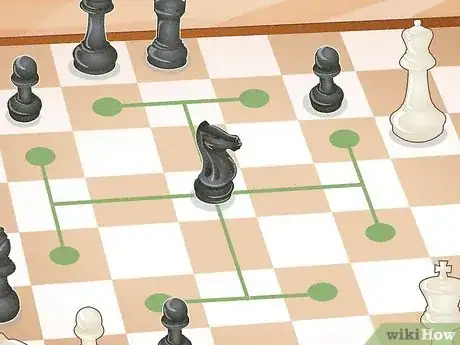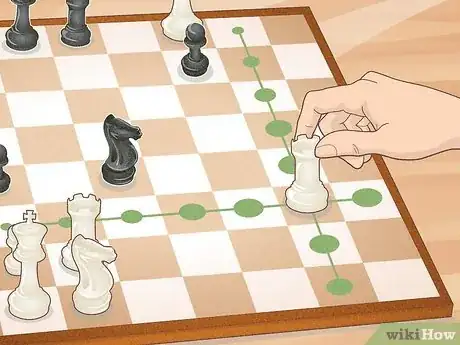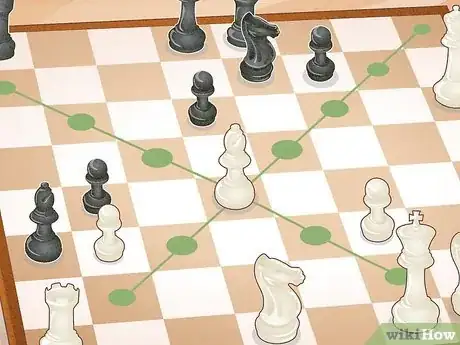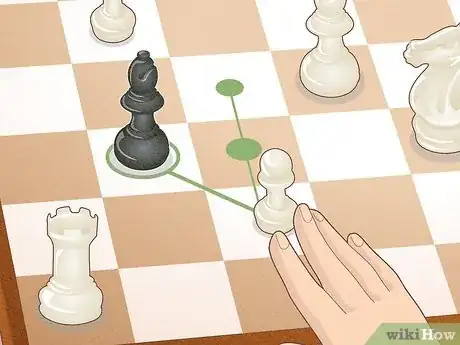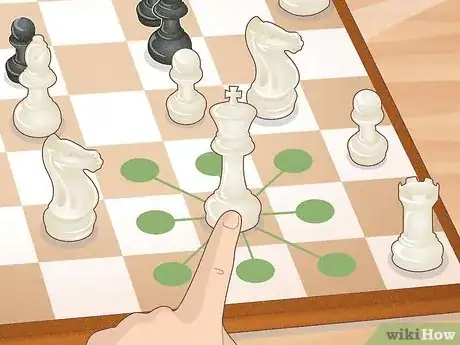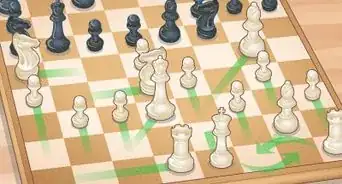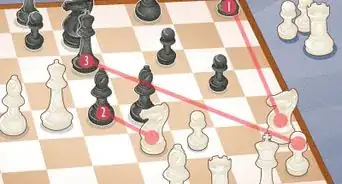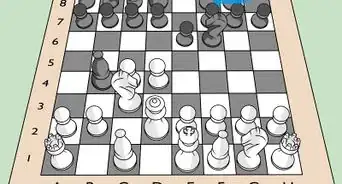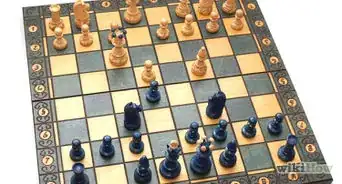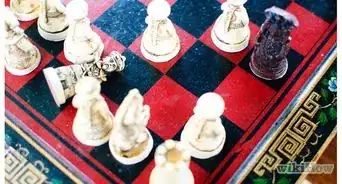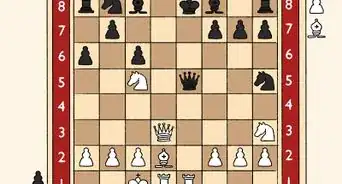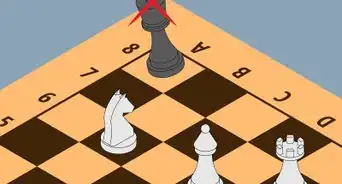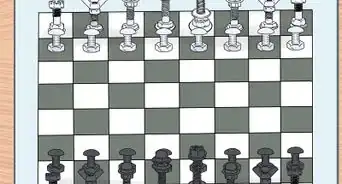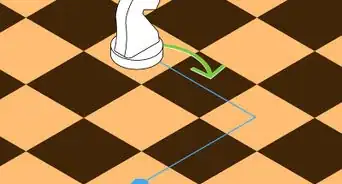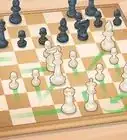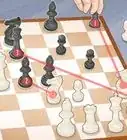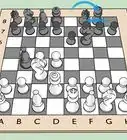This article was co-authored by Sahaj Grover and by wikiHow staff writer, Hunter Rising. Sahaj Grover is a Chess Grandmaster, World Champion, and coach, who attained his Grandmaster title at the age of 16. He has been a World Junior Bronze Medalist, World U10 Champion, South African Open 2017 & 2018 Champion, and the Winner of the Arnold Classic 2018 & 2019. Sahaj is known for dynamic attacking skills and being an excellent endgame player.
There are 8 references cited in this article, which can be found at the bottom of the page.
There’s a chess piece you could easily capture if you had a knight in position, but you have your queen there instead. Queens can move the same way as most other pieces on the board, but the knight (or horse) is a special piece with some unique rules. Even though the pieces move differently, we can easily help you remember how they get around the board. Keep reading to learn how all the pieces on a chessboard move so you can confidently play your next game!
Things You Should Know
- Queens are not allowed to jump over pieces or move in the same pattern as knights.
- Queens can move any number of spaces in a straight line horizontally, vertically, or diagonally as long as the path is unblocked.
- Knights can move in an L-shape, going 2 spaces in one direction and 1 space at a right angle.
Steps
References
- ↑ https://www.chess.com/terms/chess-queen
- ↑ https://docs.kde.org/trunk5/en/knights/knights/piece-movement.html
- ↑ https://www.fraserheightschess.com/Documents/BasicChessRules.pdf
- ↑ https://www.fraserheightschess.com/Documents/BasicChessRules.pdf
- ↑ https://docs.kde.org/trunk5/en/knights/knights/piece-movement.html
- ↑ https://www.boardspace.net/chess/english/BasicChessRules.pdf
- ↑ https://crec.unl.edu/im/rules/Chess.pdf
- ↑ https://www.boardspace.net/chess/english/BasicChessRules.pdf
- ↑ https://www.chess.com/article/view/why-you-should-move-your-queen-as-early-as-possible
